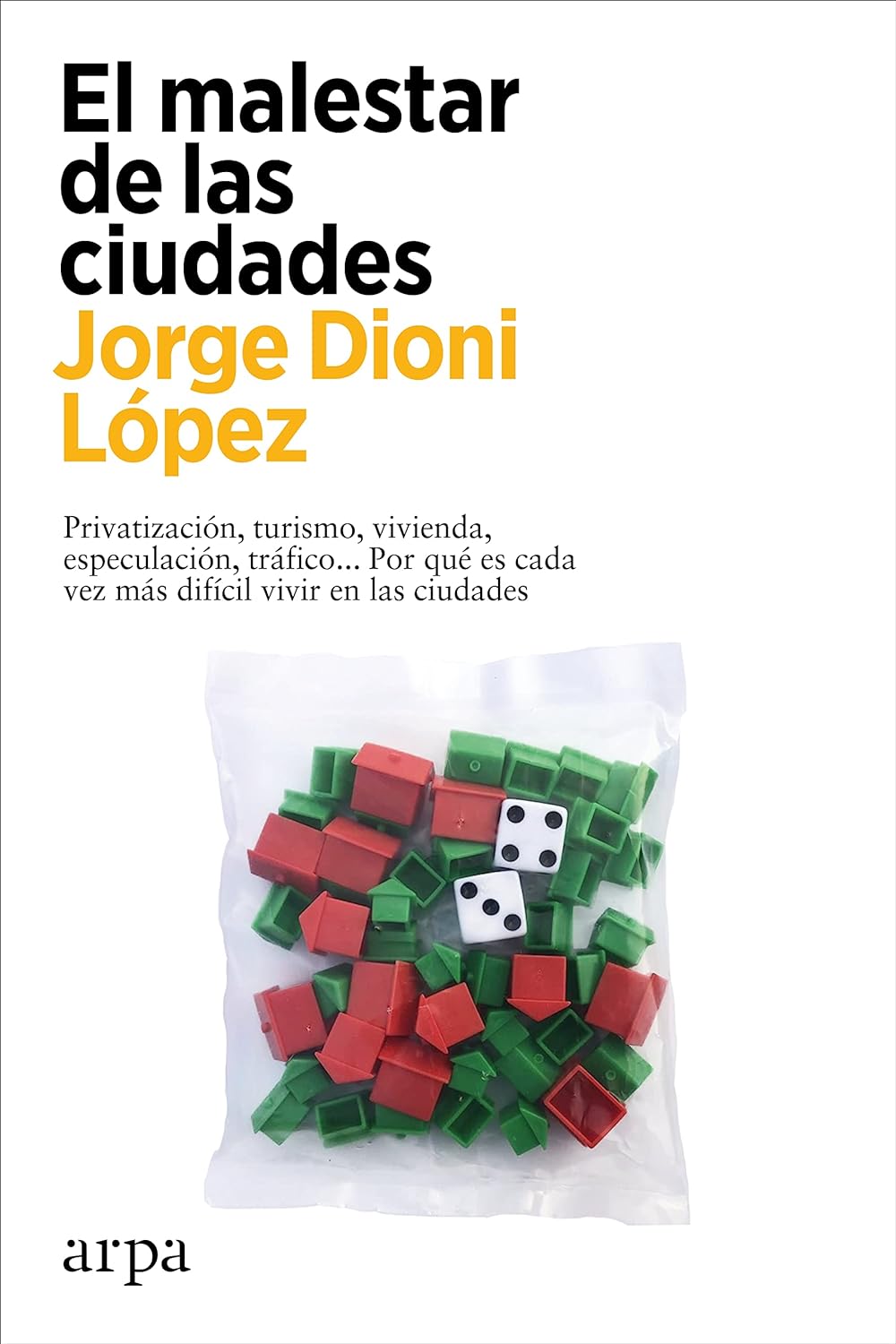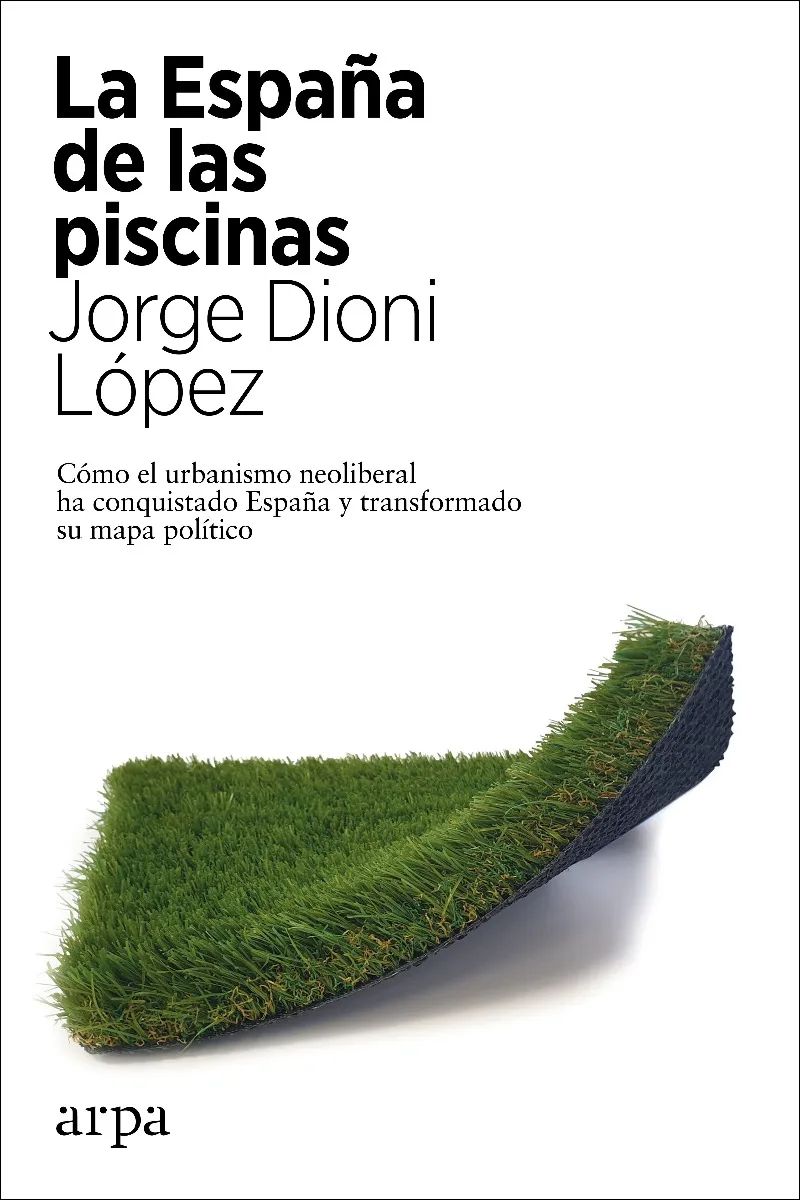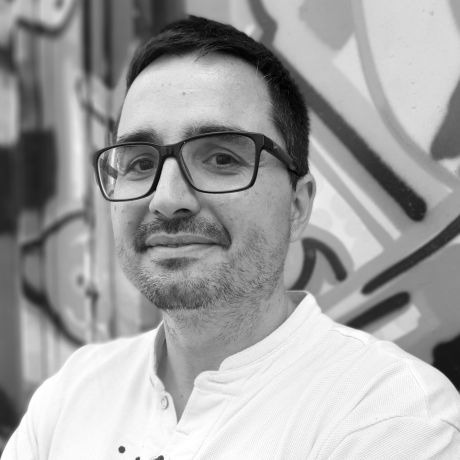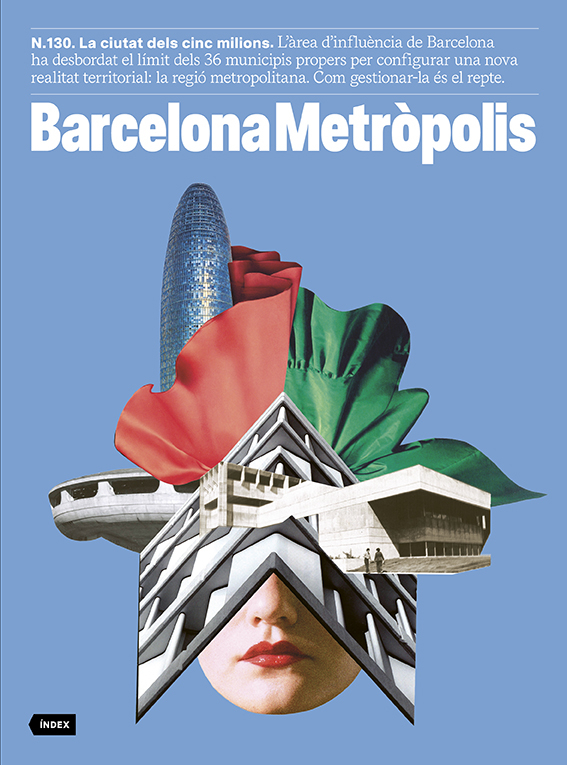The taken city
- Dossier
- Apr 24
- 9 mins
Urban spaces have evolved from being hubs for living, socialising and hosting activities to becoming commodities capable of generating value and competing in the market. Similar to a Monopoly board where everything is for sale, visitors and investors seize control of the space, displacing residents and triggering malaise that stems from a fundamental question: What is a city?
“‘I had to shut the door to the passage. They’ve taken over the back part.’ Irene asks her brother if he’s sure about what just happened, and he nods. ‘We’ll just have to live on this side’”. Julio Cortázar published Casa tomada (House Taken Over) in 1946, and, read today, the short story perfectly reflects the dynamics of gentrification: the gradual expulsion of residents to make way for new inhabitants with greater purchasing power. Streets that, like the house in the story, hold “the memories of our great-grandparents, paternal grandfather, our parents, and all of childhood”, are taken over by flows of capital or people.
The fundamental question is: What defines a city? Last Christmas, a member of a local administration, in response to protests over overcrowding, stated that “the city is like a grand spectacle that should require an admission fee”. In essence, it is not a space for living and social interaction; instead, it is treated as a privatised entity that must generate value. This encapsulates the essence of the neoliberal city. Our model mandates the transformation of everything into a commodity, entering a competitive market. This approach extends to both the physical territory and the inhabitants within it. Consequently, the city is an economic entity requiring the inflow of capital, goods, information or individuals with the capacity to generate value. It is comparable to a Monopoly board, where everything is for sale.
The urban space has always been an economic realm, but the change in recent decades is that it has shifted from being a hub for productive and commercial activities to becoming a commodity capable of generating value independently through movement. It is something that must be marketed, even if it involves dismantling the productive and commercial activities that existed before.
This model originated as a response to the crisis in the industry, which could no longer ensure a profitable return. The former industrial zones transitioned into a service-based economy to attract global flows – capital through financial districts or consumption in leisure spaces. The old factories and steel mills were replaced by shopping centres, auditoriums, museums, cultural centres, convention venues, aquariums, casinos, cinemas, art galleries and a diverse range of hospitality services. The rivers have ceased to connect factories and warehouses and have become a tourist attraction. Everything is directed outward.
The cornerstone of the new urban economy is mobility. Administrations aim to attract investment streams by providing infrastructure, tax incentives and labour competitiveness, essentially fostering precarious conditions and low wages. In this model, the primary role of public authorities shifts from internal political management to external business governance. The influential figures are no longer the residents, whose work capacity can be replaced, but those passing through, with the capacity to generate value. Cities engage in competition to attract movement and offer optimal conditions. In the new urban paradigm, the city must transform into a product to compete in the market, calling for the dispossession of its inhabitants.
The winner takes it all
The main urban challenge lies in housing. The mobility-centric model forces residents to compete not only among themselves but also with global streams of people. These may include tourists, digital or analogue nomads, or elites from the Global South who value the stability and security offered by Spain, a country providing a special visa in exchange for property investment. It’s not just the physical space that undergoes transformation but also time. Legislation allows urban space to morph into a financial product with the ability to generate value without being inhabited.
Legislation allows urban space to morph into a financial product with the ability to generate value without being inhabited.
Since the 2008 crisis, the real estate sector has not only rebounded but has become one of the most profitable, thanks to political decisions. Total investment in housing in Europe surged by over 700% from 2009 (€7.9 billion) to 2020 (€66.9 billion). Most European countries have tax regimes that favour property investment, and real estate assets under management in the Eurozone reached one trillion euros in 2021, a significant leap from €350 billion in 2010. The sector is a mini tax haven, exploiting legislation and benefiting from central bank incentives theoretically aimed at revitalising the economy. In essence, they are acquiring our cities with our money. To comprehend the political evolution in Europe over the past fifteen years, it must be borne in mind that this process coincided with widespread austerity policies.
In Spain, where Francoism promoted homeownership, the actions of investment funds act as a catalyst. Those with assets see their value increase and also seek to claim their share of the pie. The percentage of households declaring rental income rose from 5% in 2004 to 14% in 2018, fostering a concentration that gradually undermines the homeowner society. Between 2011 and 2020, the ownership rate among individuals under 35 fell from 69% to 36%. In the period 2015-2020, one-third of registered properties in Spain were owned by major property holders, while small property owners, with one or two properties, experienced a nearly 40% decline. The rules of Monopoly are clear: the winner takes it all, as the ultimate goal is to financially ruin everyone else.
A factory-free industry
Despite the figures, controlling the financial sector is not a topic under discussion. However, tourism is, perhaps because it is the most evident symptom of urban malaise. One might also consider that the focus always ends up on the population. The practices of the elite are never regarded as a problem. Since the 1970s, transitioning from industry to services was presented as the solution to the decline in production. In twelve days in 1992, the Renault factory in Billancourt closed, and Eurodisney opened. Two models of economic structure and, therefore, political, social and labour structure emerged. The tourism industry has no factories emitting smoke. Like the intruders in House Taken Over, it is invisible because it occupies everything. Its raw materials include things like urban space, traditions, heritage and streets.
When you put the city on the market, it gets bought, and it’s no longer yours. If you transform the city into a resort, you can’t expect it not to resemble one.
In 1992, Barcelona played host to the Olympic Games, which began with a message to the world: “Hola” (Hello). The world paid attention. Three decades later, the city receives approximately twelve million tourists each year, sparking many conflicts with the remaining residents. The city has witnessed a decline in birth rates and a local exodus. Half of the registered population was not born in Barcelona, and 44% of residents aged 20 to 39 are foreigners. Periodically, studies emerge regarding the diminishing use of Catalan in the city, giving rise to alarmist debates, yet consistently overlooking the fundamental factor: the economic model. When you put the city on the market, it gets bought, and it’s no longer yours. If you transform the city into a resort, you can’t expect it not to resemble one.
In 1950, the top fifteen international tourist destinations accounted for 98% of global travels. However, this is no longer the case. Cities have not naturally become the primary attractions; it is a result of administrations considering attracting flows as the best option. In essence, every city is expected to incorporate a Eurodisney in its historic centre. This sparks conflicts with residents who, akin to the two siblings in the story, gradually relocate to other parts of the city or its outskirts. Major Spanish cities are not experiencing growth; instead, the population is concentrating in urban areas. Over the last two decades, there has been a silent suburbanisation, particularly in Barcelona, where it remains unnoticed due to the high density of its first ring.
The city undergoes modifications to accommodate the transient population, leading residents to split into those who can profit from property ownership and those who find themselves relocated to the service sector. This sector, in turn, attracts another demographic. Inequality grows due to the resort’s social model: the high-income nomads and those in service roles. This setup mirrors the service personnel structure of the 19th century, encompassing roles like cooks, chauffeurs and cleaners. As the city transforms into a commodity, it is divided by income, and the privatisation of services contributes to this social disconnection. Barcelona becomes a focal point for extreme poverty in Catalonia, while pushing low and middle-income groups to an increasingly distant periphery.
Law and power
In Cortázar’s narratives, the fantastical world lacks explanation; it simply emerges, forcing reality to coexist with the inexplicable. Yet, in our cities, the intruders are neither invisible nor a sudden apparition; we have summoned them. Public administrations not only run campaigns to attract global flows but also alter legislation to make being a visitor more enticing than being a resident.
To genuinely transform the urban model, the initial step involves an imaginative exercise, moving away from perceiving investment and tourism as the universal solutions. The second step calls for decisive action, a practice that is not unfamiliar as it is already taken. Rather than enacting legislation that benefits investment funds or elites acquiring housing as a safe haven asset, prioritise legislation in favour of residents. The third, more intricate step would involve relinquishing the concept of creating value as the measure for all aspects. Not everything can be commodified without risking the dissolution of the consensuses that form the foundation of our coexistence.
As historian Tony Judt asserted, once we stop valuing the public over the private, we may struggle to comprehend the importance of putting the law – the fundamental public good – ahead of power.
References
Agulles, J. M. La destrucción de la ciudad. El mundo urbano en la culminación de los tiempos modernos. Catarata, 2016.
Bravo, P. Exceso de equipaje. Debate, 2018.
Carmona, P. La democracia de propietarios. Fondos de inversión, rentismo popular y la lucha por la vivienda. Traficantes de Sueños, 2022.
Christin, R. Mundo en venta. Crítica de la sinrazón turística. El Salmón, 2018.
D’Eramo, M. El selfie del mundo. Una investigación sobre la era del turismo. Anagrama, 2020.
Gainsforth, S. Airbnb, the city as a commodity. Derive Approdi Editions, 2019.
Harvey, D. Rebel Cities: From the Right to the City to the Urban Revolution. Verso, 2012.
Harvey, D. Spaces of Global Capitalism: Towards a Theory of Uneven Geographical Development. Verso, 2006.
Lefebvre, H. The Right to the City [Original title: Le Droit à la ville]. Verso, 1968.
MacCannell, D. The Tourist: A New Theory of the Leisure Class. University of California Press, 1976.
Marcús, J., Mansilla, J. A., Boy, M., Yanes, S. and Aricó, G. (coordinators). La ciudad mercancía. Turistificación, renovación urbana y políticas de control del espacio público. Teseo, 2019.
Pistor, K. El código del capital. Cómo la ley crea riqueza y desigualdad. Capitán Swing, 2022.
Settis, S. If Venice Dies. [Original title: Se Venezia muore]. New Vessel Press, 2016.
Sorando, D. and Ardura, A. First we take Manhattan: la destrucción creativa de las ciudades. Catarata, 2016.
Recommended publications
 El malestar de las ciudadesArpa Editores, 2023
El malestar de las ciudadesArpa Editores, 2023 La España de las piscinasArpa Editores, 2021
La España de las piscinasArpa Editores, 2021
The newsletter
Subscribe to our newsletter to keep up to date with Barcelona Metròpolis' new developments




